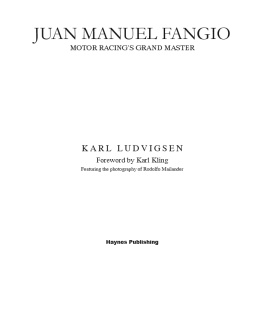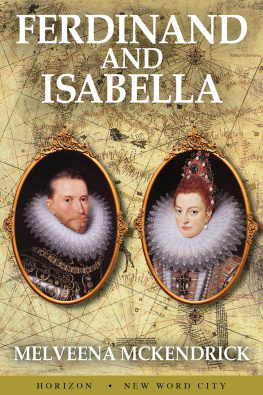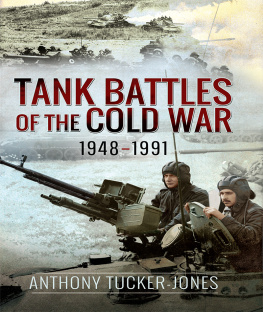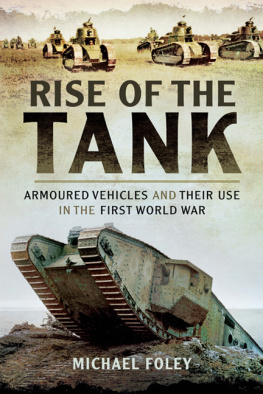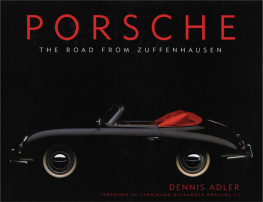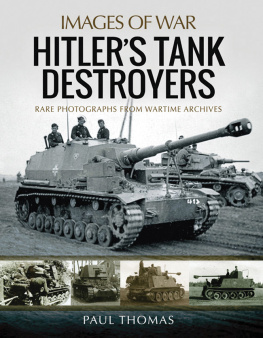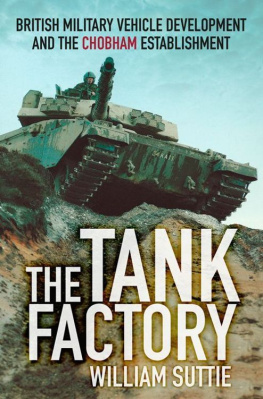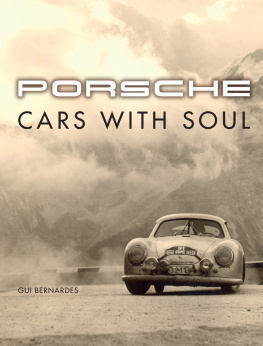
First published in Great Britain in 2014
and reprinted in 2015 by
PEN & SWORD MILITARY
an imprint of
Pen and Sword Books Ltd
47 Church Street
Barnsley
South Yorkshire S70 2AS
Copyright Karl Ludvigsen, 2014, 2015
ISBN: 978 1 78303 019 4
PDF ISBN: 978 1 47387 156 4
EPUB ISBN: 978 1 47387 155 7
PRC ISBN: 978 1 47387 154 0
The right of Karl Ludvigsen to be identified as the author of this work has been asserted by him in accordance with the Copyright, Designs and Patents Act 1988.
A CIP record for this book is available from the British Library.
All rights reserved. No part of this book may be reproduced or transmitted in any form or by any means, electronic or mechanical including photocopying, recording or by any information storage and retrieval system, without permission from the Publisher in writing.
Printed and bound in India by Replika Press Pvt. Ltd.
Typeset in Sabon by
CHIC GRAPHICS
Pen & Sword Books Ltd incorporates the imprints of
Pen & Sword Archaeology, Atlas, Aviation, Battleground, Discovery, Family History, History, Maritime, Military, Naval, Politics, Railways, Select, Social History, Transport, True Crime, and Claymore Press, Frontline Books, Leo Cooper, Praetorian Press, Remember When, Seaforth Publishing and Wharncliffe
For a complete list of Pen and Sword titles please contact
Pen and Sword Books Limited
47 Church Street, Barnsley, South Yorkshire, S70 2AS, England
E-mail:
Website: www.pen-and-sword.co.uk
CONTENTS
To the memories of
Dean Batchelor
and
L. Scott Bailey
who backed my first explorations
into the world of Porsche
INTRODUCTION
When I asked Ernst Pich where his grandfather was based during the Second World War his answer surprised me: Well, mainly in sleeping cars in trains between Stuttgart, Berlin and Vienna. He more or less slept in the train and worked during the day. Sometimes he stayed in a hotel, but he was more and more on trains than in hotels. He was very, very busy.
I knew anecdotally that Ferdinand Porsche was well occupied during the Second World War but this was a fresh perspective from a man who knew. Thanks to Ernst Pich, Porsches oldest grandson, I had a good grasp of Porsches work in the First World War. He backed research into this period that led to my book Porsche Genesis of Genius, published by Bentley. This covers the Porsche career from the earliest days to the establishment of his own engineering company at the beginning of the 1930s.
Also for Bentley Publishing I researched some aspects of the pre-war and wartime activities of Porsche and his designers when they were evacuated from Stuttgart to the Austrian town of Gmnd for safekeeping. In spite of these ructions they and their leader, the Professor, kept most of their many platters spinning. Porsches son Ferry played a progressively more important role.
In the course of these researches I learned much that has hitherto been inadequately recorded about one of the most prolific and productive engineers ever to tread the worlds stage. Ferdinand Porsche is known for his cars, especially the Volkswagen, the Auto Union racing cars and, at the end of his career, the first Porsches. Knowledgeable readers will also be aware of the cars he designed for Lohner, Austro Daimler, Mercedes, Mercedes-Benz, Steyr and Wanderer, among which are some of the most respected automobiles of all time.
His career as a designer and builder of automobiles marks Ferdinand Porsche as one of the most creative and forward-thinking of his ilk. His achievements in that field are rivalled by very few. Yet Porsche had another vocation altogether, one that ranks virtually as a secret career. His work for the military in and between both world wars is little known and poorly understood. This remains the case although his contributions to military technology were astonishingly significant and pathbreaking. Often and this is one reason for the dearth of attribution to Porsche they only bore fruit after he left the company for which he was working.
No member of the Porsche/Pich dynasty has done more than his oldest grandson to keep alive the memory of Ferdinand Porsche and his work. His career and its consequences are subjects of the contents of a remarkable museum, fahr(T)raum, opened in 2013 at Mattsee, Austria, by the Family Pich-Nordhoff. They do not exaggerate by saying of its exhibits and displays that All of them are the work of an unrivalled visionary and pioneer of his time and beyond.
In our conversations Ernst Pich has brought to life the events of his grandfathers later years. My grandfather was very, very open with me, said Pich. Hed take me to every discussion. He said, Look, this is top secret but you should see it. At that time I knew a lot of things which were absolutely top secret.
We were driving at St Valentin with a tank chassis on the test track, Pich continued, up a slope of 45 degrees. When we were half-way up grandfather said Stop so I stopped. Then he said Start again and it didnt start. It just sprayed stones behind us. Then he said Stop again and then Cant you use a softer clutch? They made some changes and then it went up. But in a tank, at 45 degrees, with both of us in the tank it was quite something.
Ernst Pich viewed at close range the techniques that made and kept Ferdinand Porsche a leader in his field when working under two diametrically different ideologies in two world wars. What I found brilliant, he said, and so different to the other engineers, was that my grandfather was very fair to other ideas.
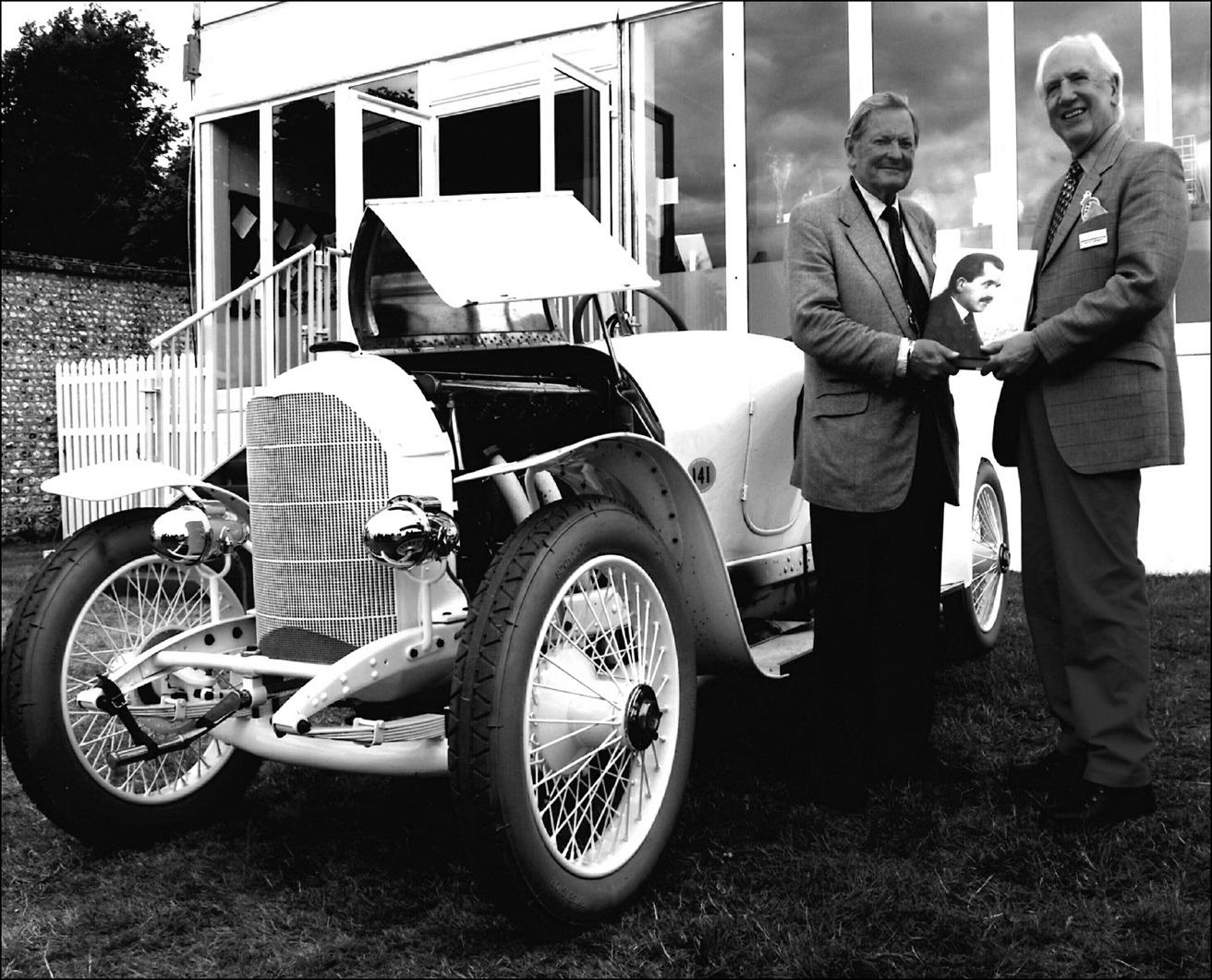
The author, right, and Ernst Pich present their book on the early work of Ferdinand Porsche next to Pichs superbly restored 1910 Prince Heinrich Austro Daimler racing car.
After the war, Pich continued, we went to an automobile show in Paris. We were standing in front of a car a very famous car and he said, Look at this. They have a brilliant idea how to do it. He was quite without any jealousy. He really said, This is just brilliant. Throughout his life he kept a big team together in this way by accepting other ideas and combining ideas to achieve a good result.
As well, Porsche was daring. Although he sometimes gazed sideways at the work of others, Porsche was happiest when creating from first principles. This implied risk but he knew that without risk no gains could be achieved. His daring showed in his willingness not only to test-drive his creations but also to race them in open competition. He shared this trait with only a few leading engineers in the early days of the auto. Porsche continued personally test-driving his creations right through the Second World War to the first sports cars that bore his name in 1948.
Burnished by his daring was Porsches confidence. As this record shows, he was not one to shrink from a challenge. Backed by his first-class team, he was confident of being able to cope with any requirement. Without pomp or artifice he manifested this confidence in his dealings with his colleagues and, most importantly, with his customers. They could only be impressed by the clarity, logic and passion with which Porsche set out his stall. No one would have picked this short, often dumpy, balding and moustachioed hard-core engineer as a superb salesman, but his record shows that Ferdinand Porsches confidence helped make him one of the very best.
I am tempted to make the claim on his behalf that Ferdinand Porsche surpasses all other engineers in the depth and breadth of his contributions to military technology when taken over the entire scope of the years from 1914 to 1945. Challengers doubtless exist; the reader is encouraged to identify them. But they will have to go some to match the achievements of Porsche, who exploited in both world wars the Mixte drive system that he first invented in 1901. That alone is a distinctive hallmark of the life and work of this phenomenally creative engineer and outstanding personality.
Next page

